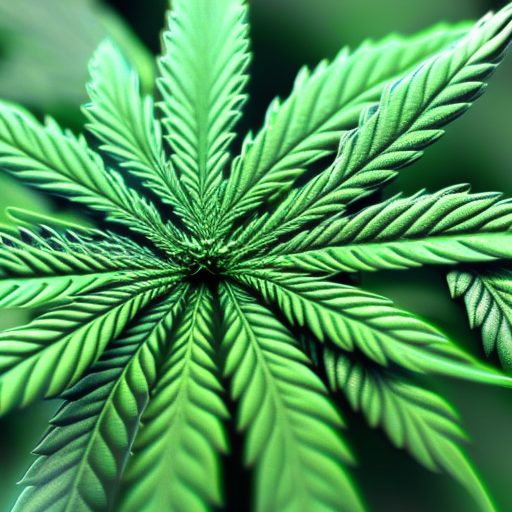
Yo, what’s up fellow growers? It’s your boy Dan here, and today we’re gonna be talking about the process that makes our beloved cannabis grow: photosynthesis. If you’re growing indoors or outdoors, you gotta understand the importance of this process. Let’s break it down.
So basically, photosynthesis is how plants convert light into chemical energy, which they use to grow. Algae, cyanobacteria, and plants all use photosynthesis to survive. There are two types of photosynthesis: oxygenic and anoxygenic. We’re gonna focus on oxygenic photosynthesis for now because that’s what’s important for our Mary Jane.
During photosynthesis, the plant takes in carbon dioxide and light. These inputs are processed into energy or carbohydrates for the plant to grow, releasing oxygen as a by-product. Our precious cannabis plants contain chlorophyll which gives them their green color – but more importantly, this pigment allows them to use their leaves like solar panels. Chlorophyll traps blue and red-spectrum light.
Now, let me throw some science at ya. PAR stands for Photosynthetically Active Radiation and it measures the available light that a plant can actually make use of. PPFD (Photosynthetic Photon Flux Density) measures the photons falling on the plant. These terms are important when choosing LED lighting systems because they help you understand the usable wavelengths and spectrums of light. On the other hand, HID grow lamps are measured by lumens which just measure how bright a lamp is – not really specific enough for our needs.
The duration of the light cycle is another huge factor to consider. Day length governs plant development and dictates when and how much marijuana a grower will harvest. Interruptions to the light cycle will stress photoperiod cannabis plants. Photoperiod cannabis strains can stay in vegetative growth indefinitely if they receive 15+ hours per day of light. Indoor growers favor either an 18-6 or continuous 24-hour light period with whiter lights to mimic springtime sunshine (which emits blue-spectrum light).
For flowering, the 12-12 light schedule is standard operating procedure when growing cannabis indoors because a reduction of daylight hours triggers the transition to bloom. However, outdoors this is a slower, more gradual process as days naturally grow shorter after the summer solstice. Now, the red spectrum is what marijuana needs most to produce bud – yellow/orange HPS lamps are a substitute for autumn sunlight but full-spectrum LED growers just need to adjust their timers.
So what are optimal conditions for photosynthesis? In 2008, researchers at the University of Mississippi studied the indoor performance of 20 four-month-old clones from a single high-yielding Mexican mother plant. They discovered that cannabis thrives in a CO₂-rich environment and provided a precise formula for perfect grow-op conditions: “C. sativa can utilize a fairly high level of PPFD and temperature for its gas and water exchange processes, and can perform much better if grown at ~1500μmol/(s·m²) PPFD, and around 25 to 30°C temperature conditions”.
Let’s talk about autoflowering cannabis now – ruderalis strains have adapted the autoflowering trait so no reduction in daylight is needed to induce flowering. These strains have a reduced lifecycle of 100 days or less post-germination but there isn’t much scientific analysis specific to autoflowering cannabis photosynthesis yet. Anecdotal evidence suggests that longer days suit autoflowers best – yields of potent indoor flowers are being achieved with a 20-4 light cycle from seed to harvest.
Alright y’all, that’s all I got for you today on photosynthesis and how it affects cannabis growth! Keep on growing!

